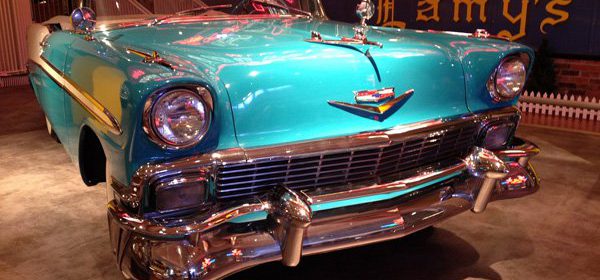Classic car rust treatment and general restoration tips


Many classic or vintage car owners suffer from OCD; Obsessive Corrosion Disorder. Not surprising, especially here in the UK, where we aren’t exactly blessed with ideal conditions for keeping our pride and joys rust free. The perennially damp conditions we have to deal with are however ideal for the dreaded tin worm, which can be costly to deal with.
Storage, prevention and treatments
- Storage is important. Some car owners go to great lengths to keep their classic cars in cosy, warm, de-humidified surroundings, which is certainly a good option but not always one that features in anything but our wildest dreams. If your storage solution is a standard garage or car port it’s important to consider ventilation. A car dampened by a summer’s outing will be better stored where the damp body work doesn’t create a humid atmosphere. A reasonable amount of ventilation will actually help to prevent rust. An ideal garage is one integral to or adjoining the house – with adequate ventilation and possibly the option to link to an existing heating system.
- Rust prevention is the best way to avoid problems in the first place. A good rust protection or rust prevention product should be applied thoroughly too all cars but is especially important for the classic and vintage variety, which may not have been well treated in their early years. The undercarriage, wheel arches, around the bumpers and around headlamps are all common areas for rust and corrosion to strike so regular checks and rust treatments should be considered in these areas.
- When applying rust treatments it is important to read the manufacturers instructions before use. Always ensure that the area to be treated has been thoroughly prepared, cleaned and dried before treatment. If these steps are not taken you can effectively seal the rust in, allowing it to devour the rest of the car at leisure and making it doubly difficult, if not impossible, to deal with.
As ever mentioned, preventing rust is the best way to avoid problems. When considering a new classic purchase the simplest way is to purchase a model without any problems in the first place – although depending on the age of the car and your budget this is not necessarily the easiest option. Small areas of rust are treatable – with time, effort, patience and a good quality rust treatment product. However, be aware of what lies beneath. Slight bubbling or discolouration that is visible on inspection may seem insignificant – but it can belie far more significant, costly and troublesome problems.
Rust does not have to be the end of the road, but careful monitoring, regular checks and good storage will help to prevent corrosion in the first place. Always pay close attention to chips or scratches and apply a rust prevention coating to them, to stop rust gaining a foot hold. Vigilance and prevention are the two main ways to avoid problems developing with any car, but are especially important with classic cars.
